Researchers at the University of Trento in Italy discovered that spiders’ fangs use unique serrated geometry to efficiently cut tough natural and synthetic fibres.
From Superinnovators 30/09/24
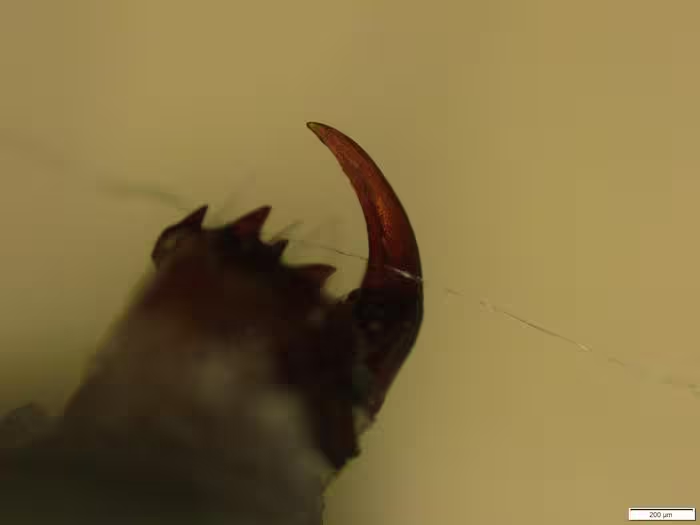
When most people think of spiders, they typically picture webs rather than their sharp fangs.
However, new research shows their fangs are surprisingly efficient cutting tools.
Researchers from the University of Trento investigated this unusual capability, publishing their findings in Advanced Science.
They found that spiders can cut through not only their own silk but also tough synthetic fibres like carbon and Kevlar®.
Previous studies suggested a chemical mechanism, where spiders produced enzymes to dissolve silk fibres.
However, the speed and precision of this process suggested that chemistry alone couldn’t explain the phenomenon.
The team examined spider fangs under a scanning electron microscope and noticed something unusual.

The fangs feature serrations with spacing that gradually increases from the tip to the base.
As a fibre slides inward, it eventually locks into a serration that matches its size.
This unique geometry minimises the cutting force required, enhancing efficiency.
The researchers say this mechanism allows spiders to cut through strong, high-toughness materials with minimal effort.
This discovery could influence the design of sharper, more efficient tools for human use.
For example, fangs-inspired designs could improve cutting tools for wood, metal, stone, and even food.
According to the researchers, the study opens up new avenues for biomimetic engineering.
The team have highlighted that a deeper understanding of spider fangs could lead to breakthroughs in material science.
Overall, the study offers surprising insights into one of nature’s smallest yet most formidable predators.
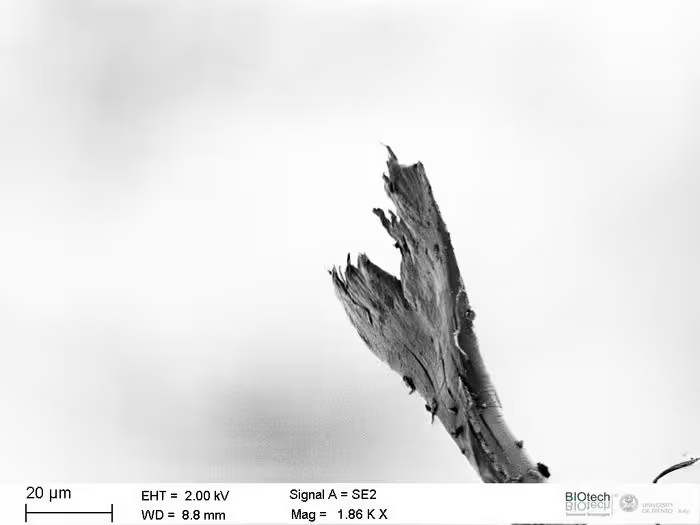
More info
You may also be curious about:
-

Low gravity in space travel found to weaken and disrupt normal rhythm in heart muscle cells
-

Human urine could be used as eco-friendly crop fertiliser
-

NASA develops process to create very accurate eclipse maps
-

Palletrone: Flying shopping trolleys are not far away
-

Want to increase resiliency in kids? Teach creativity
-
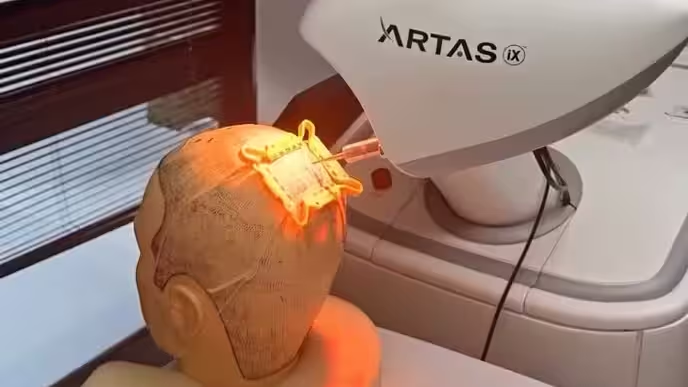
Robotic hair transplant
-

Mussel-inspired adhesive becomes unglued on command
-
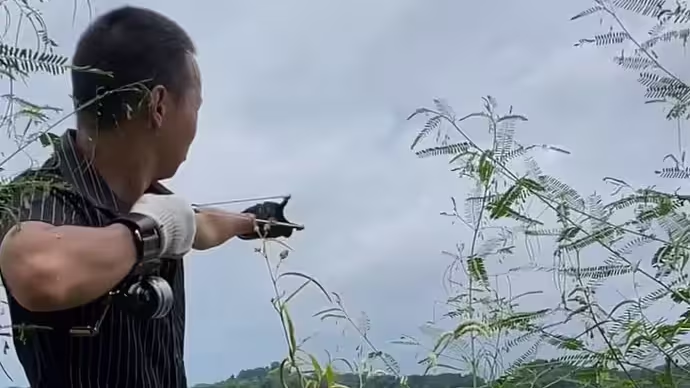
Slingshot fishing reel
-

A new forecasting model for Japan’s cherry blossom
-

Lavaforming: Using lava to build cities
-

Magnifying deep space through the “carousel lens”
-
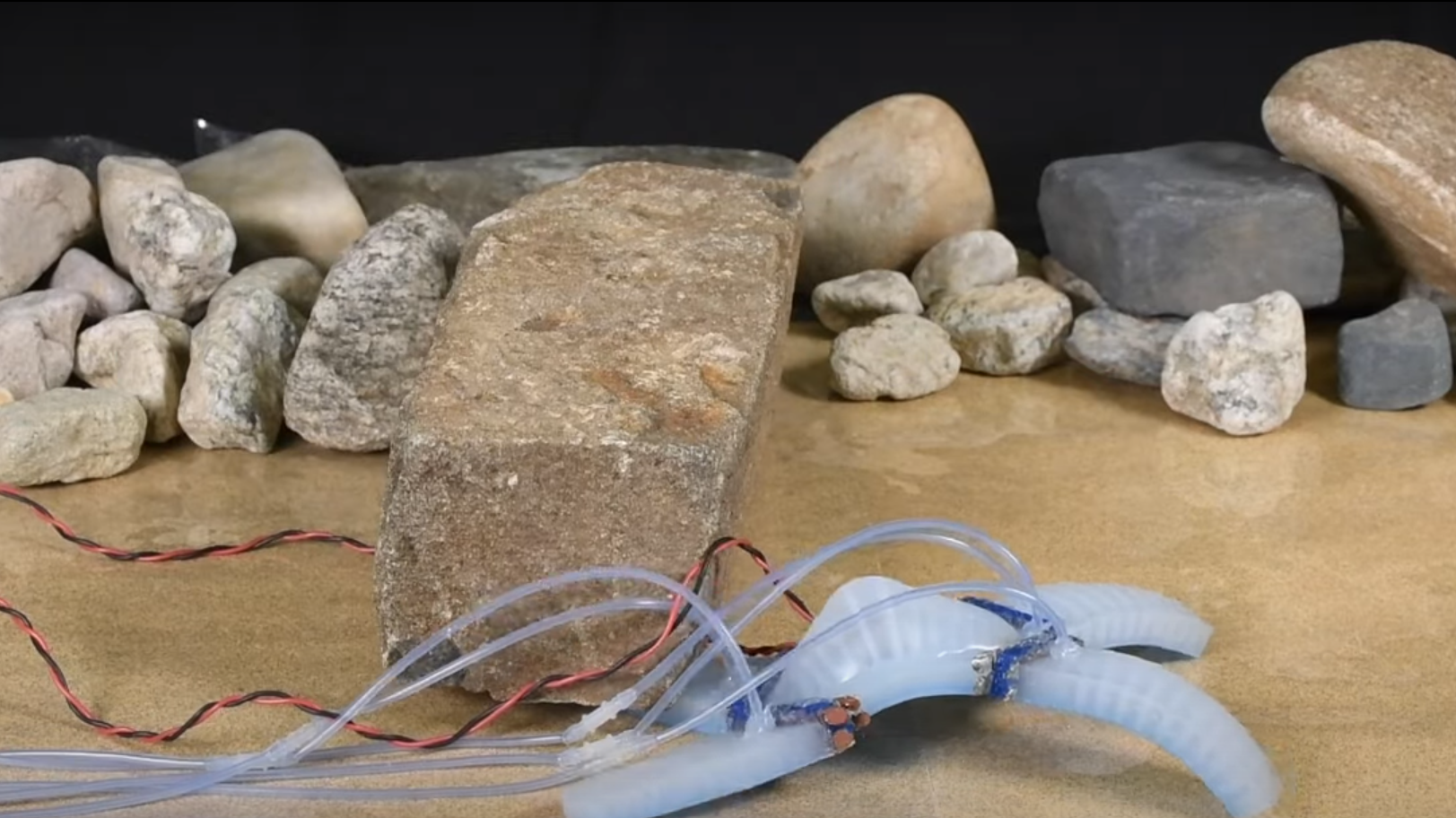
Self-amputating bot
